Lupine, Texas Bluebonnet Flowers
Description
Description
The Texas Bluebonnet Lupine (Lupinus texensis) is so named because the blossoms resemble the bonnets worn by pioneer women. This low-growing annual is in the legume family, so it fixes nitrogen in the soil and is a great companion plant or cover crop for the vegetable garden. Produces upright spikes of pea-sized blossoms in rich blue with white tips, but can also pop up in shades of white, pink, purple, and maroon (“Aggiebonnet”). Grows 1'-1.5' tall on sturdy stems with daisy-like palmate foliage. Spectacular in a pot or blanketing an entire field. The state flower of Texas.
If consumed in large quantities, seeds can be toxic to people, pets, and livestock.
- Life cycle: Annual
- Bloom season: Spring
- Attracts: Bees, butterflies, and other pollinators
- Flower meaning: Abundance, change, growth
SEED PLANTING TIPS
- Botanical name: Lupinus texensis
- Hardiness zones: 3-8
- Planting season: Fall
- Days to maturity: 1st or 2nd year
- Cold stratify: No
- Depth to plant seeds: Lightly cover - seeds need light to germinate
- Spacing between plants: 8"-12" apart
- Days to germinate (sprout): 7-30 days
- Germination soil temps: 55F-70F
- Soil types: Clay, sandy, loamy, silty, rocky, chalky, calcareous, dry, well-drained
- Soil pH: 7.5+
- Water needs: Low - do not overwater
- Sun needs: Full sun
- Frost tolerant: Yes
- Drought tolerant: Yes
- Deer resistant: Yes
⭐ FEATURED COLLECTIONS
View all seeds listed A-Zcontinue shopping
👩🌾 CUSTOMER FAVORITES
View all-
Cilantro/Coriander, Slow-Bolt (splits)
From $299 USDUnit price /UnavailableWrite a review -
*FREE* ORGANIC GARDENING MASTER eBOOK (includes all grow guides)
$000 USDUnit price /UnavailableWrite a review -
-
*Seed Starting Soil Pods* (ORGANIC)
From $499 USDUnit price /UnavailableWrite a review -
Squash (Summer) - Black Beauty Zucchini
From $399 USDUnit price /UnavailableWrite a review -
Pepper (Sweet) - California Wonder
From $399 USDUnit price /UnavailableWrite a review -
-
Pepper (Hot) - Jalapeño, Early Green 🔥🔥
From $399 USDUnit price /UnavailableWrite a review -
-
-
-
-
-
-
-
-
Lettuce - Romaine, Classic "Paris Island Cos"
From $399 USDUnit price /UnavailableWrite a review -
Kale - Classic, Blue Curled Scotch
From $399 USDUnit price /UnavailableWrite a review -
-
Brussels Sprouts - Long Island Catskill
From $399 USDUnit price /UnavailableWrite a review -
Parsley - Dark Green Italian Giant
From $399 USDUnit price /UnavailableWrite a review -
-
Squash (Summer) - Crookneck, Yellow
From $399 USDUnit price /UnavailableWrite a review -
POPULAR VARIETY PACKS
View all-
All-in-One Tomato Garden Variety Pack
$3999 USD$4499Unit price /UnavailableWrite a review -
All-in-One Pepper Garden Variety Pack
$3999 USDUnit price /UnavailableWrite a review -
All-in-One Lettuce & Leafy Greens Variety Pack
$3999 USDUnit price /UnavailableWrite a review -
All-in-One Root Crop Garden Variety Pack
$3999 USDUnit price /UnavailableWrite a review -
All-in-One Sprouts/Microgreens Variety Pack
$3499 USDUnit price /UnavailableWrite a review -
All-in-One Hydroponic Greens Variety Pack
$3999 USDUnit price /UnavailableWrite a review -
All-in-One Cucumber Garden Variety Pack
$2999 USDUnit price /UnavailableWrite a review -
All-in-One Wildflowers & Pollinators Scatter Garden Variety Pack
$3999 USDUnit price /UnavailableWrite a review -
-
-
All-in-One Rainbow Garden Variety Pack
$3999 USDUnit price /UnavailableWrite a review -
All-in-One Spring/Summer Garden Variety Pack
$3999 USDUnit price /UnavailableWrite a review -
Organic Garlic Garden Variety Pack
From $1345 USD$1794Unit price /UnavailableWrite a review -
All-in-One Edible Flowers Variety Pack
$3999 USDUnit price /UnavailableWrite a review -
All-in-One Quick-to-Mature (45 days or less!) Garden Variety Pack
$3999 USDUnit price /UnavailableWrite a review -
All-in-One Herbal Tea Lovers Variety Pack
$3999 USDUnit price /UnavailableWrite a review -
All-in-One Perennial Flower Garden Variety Pack
$3999 USDUnit price /UnavailableWrite a review -
All-in-One Annual Flower Garden Variety Pack
$3999 USDUnit price /UnavailableWrite a review -
ESSENTIAL SUPPLIES & MORE
View all-
*Seed Starting Soil Pods* (ORGANIC)
From $499 USDUnit price /UnavailableWrite a review -
-
Epsom Salts Soil Fertilizer (THE BEST!)
From $299 USDUnit price /UnavailableWrite a review -
-
Xtra-Large Seed Storage Vault (3.8 liters/10.25" tall)
$3899 USDUnit price /UnavailableWrite a review -
Large Seed Storage Vault (2.5 liters/10.25" tall)
$2999 USDUnit price /UnavailableWrite a review -
Medium Seed Storage Vault (1.3 liters/8" tall)
$1999 USDUnit price /UnavailableWrite a review -
Small Seed Storage Vault (.57 Liters/5.5" tall)
$1299 USDUnit price /UnavailableWrite a review -
Xtra-Small Seed Storage Vault (.29 liters/3.75" tall)
$999 USDUnit price /UnavailableWrite a review
*FREE* ORGANIC GARDENING MASTER eBOOK (includes all grow guides) is backordered and will ship as soon as it is back in stock.
We now accept the following payment methods
*FREE* Homestead Tomato Seed Kit - Limit 1 per order is backordered and will ship as soon as it is back in stock.
continue shopping


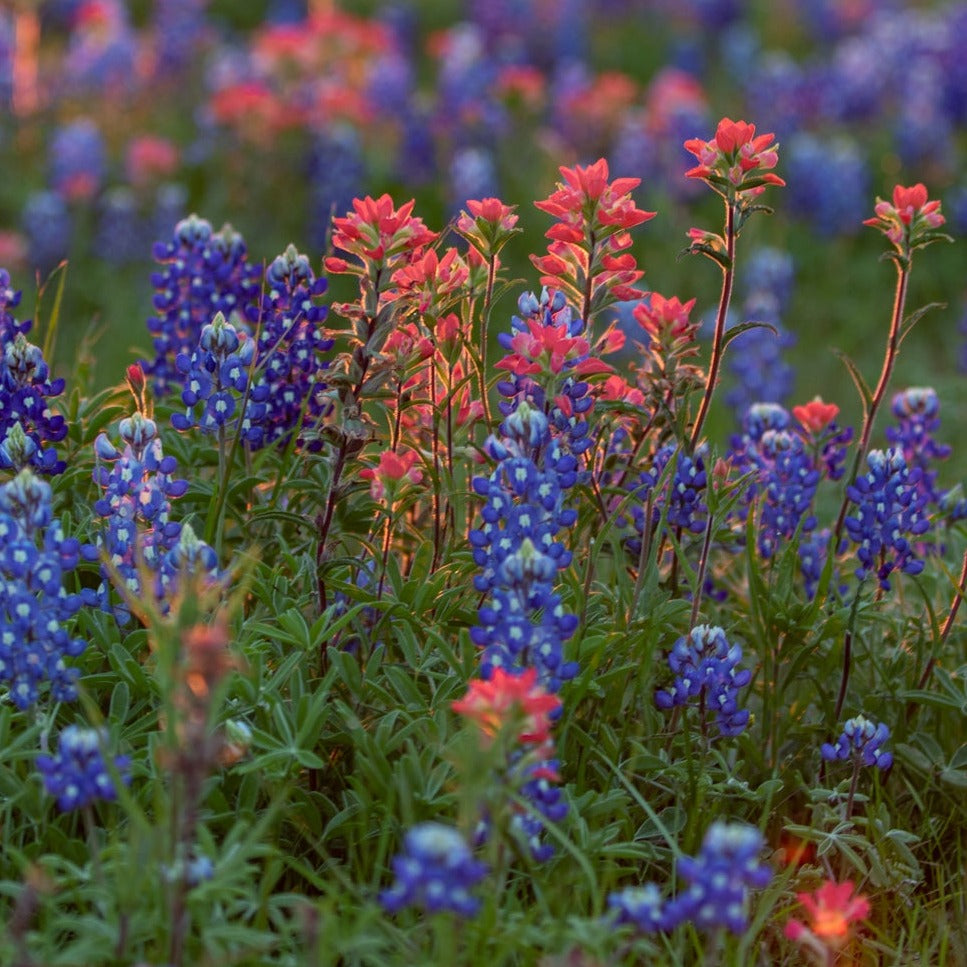
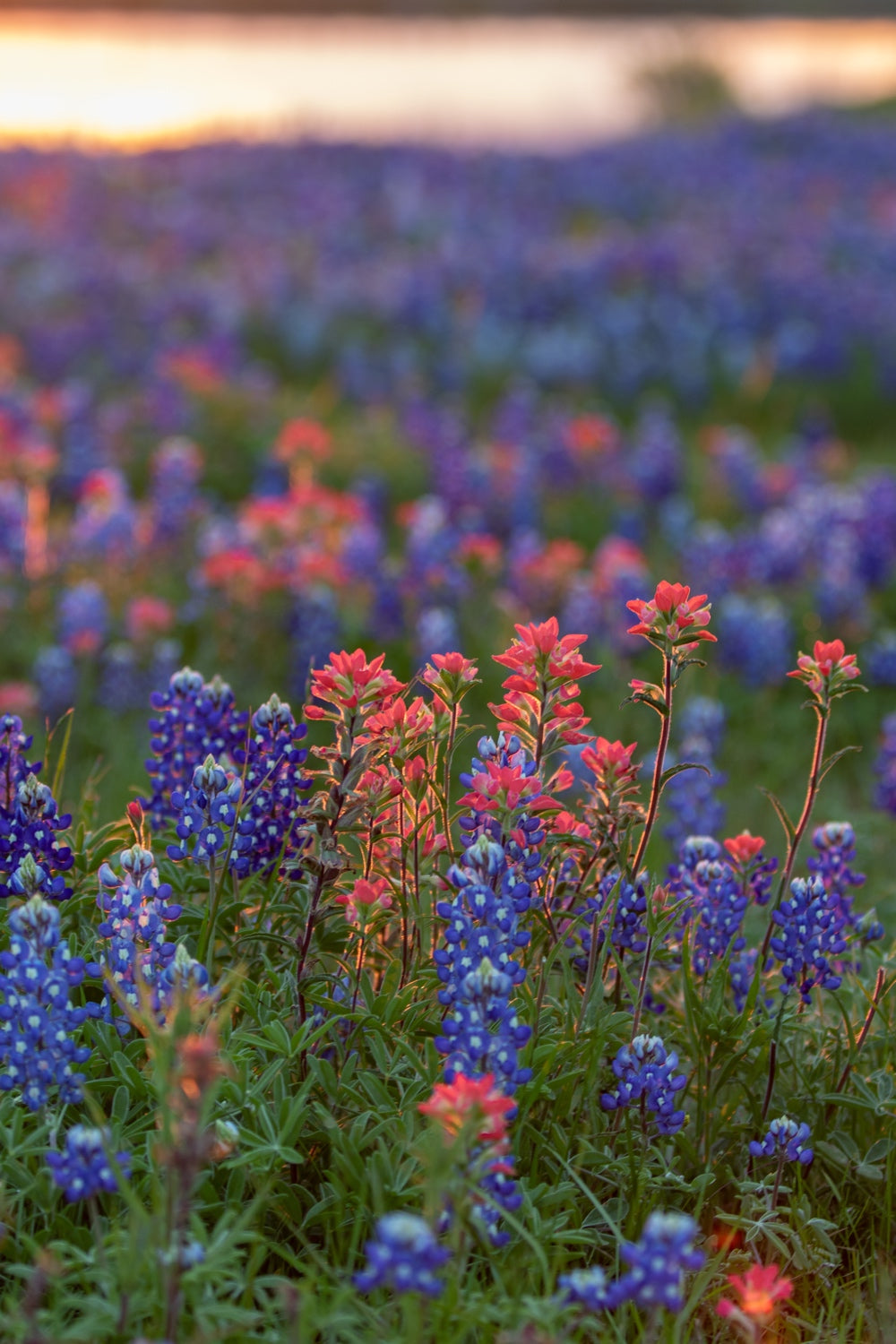









































































































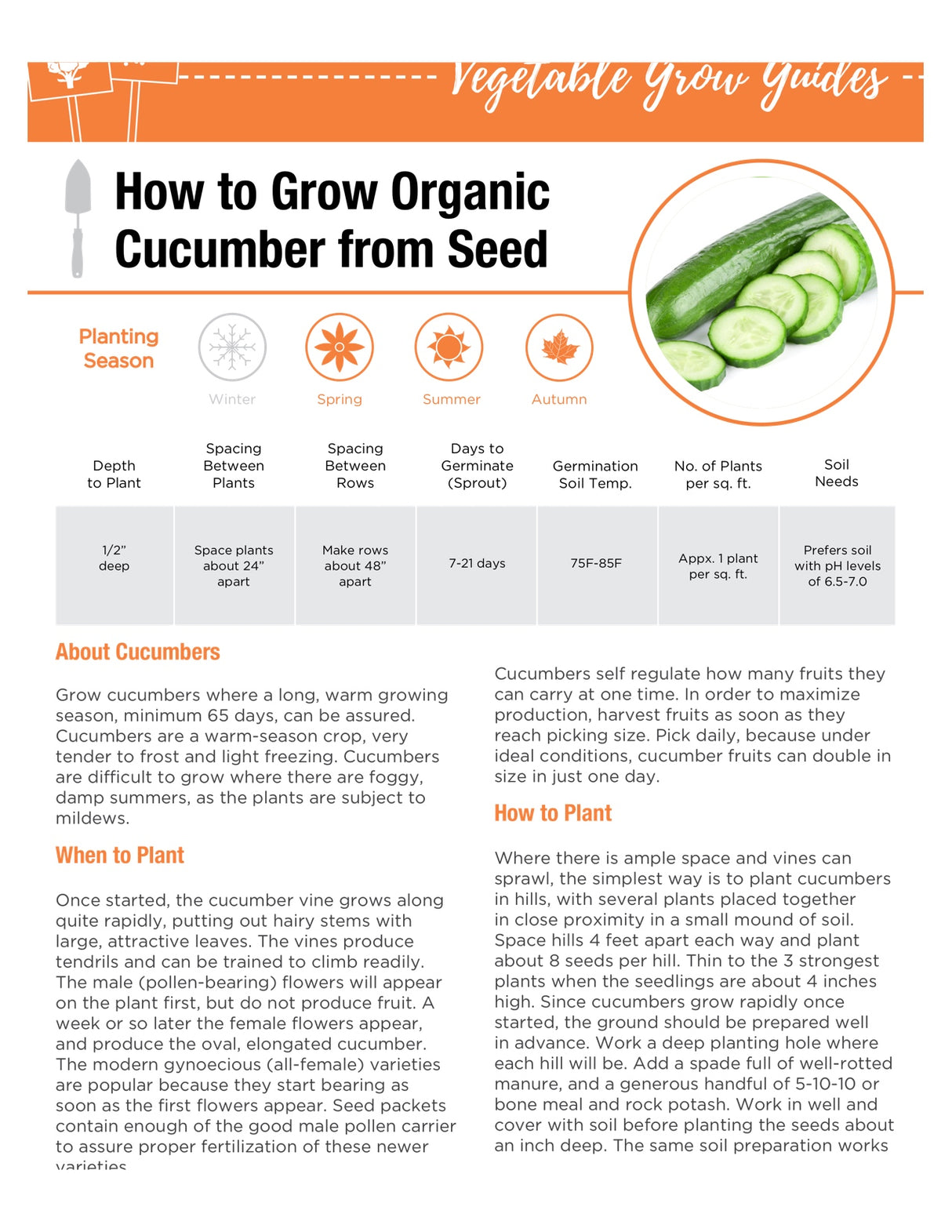
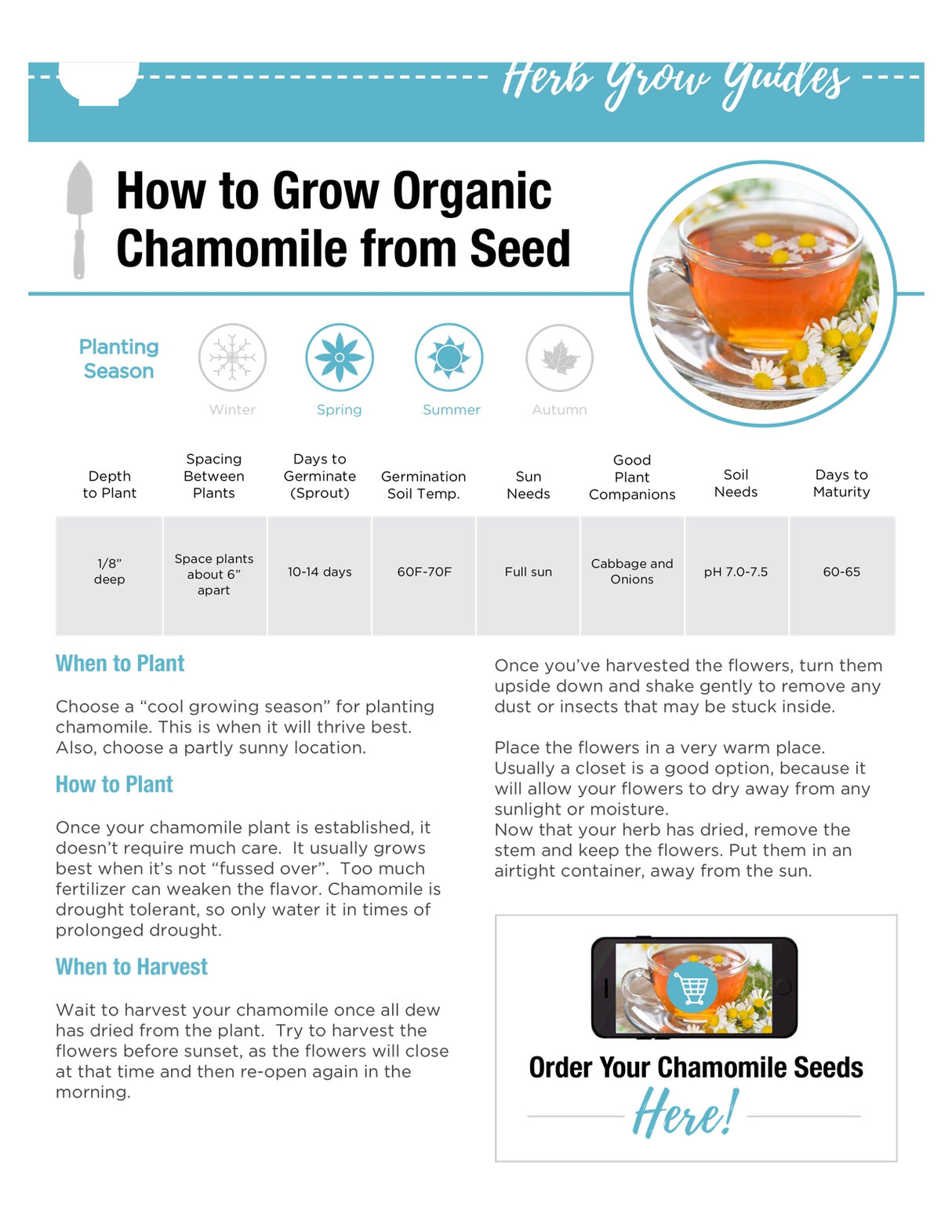

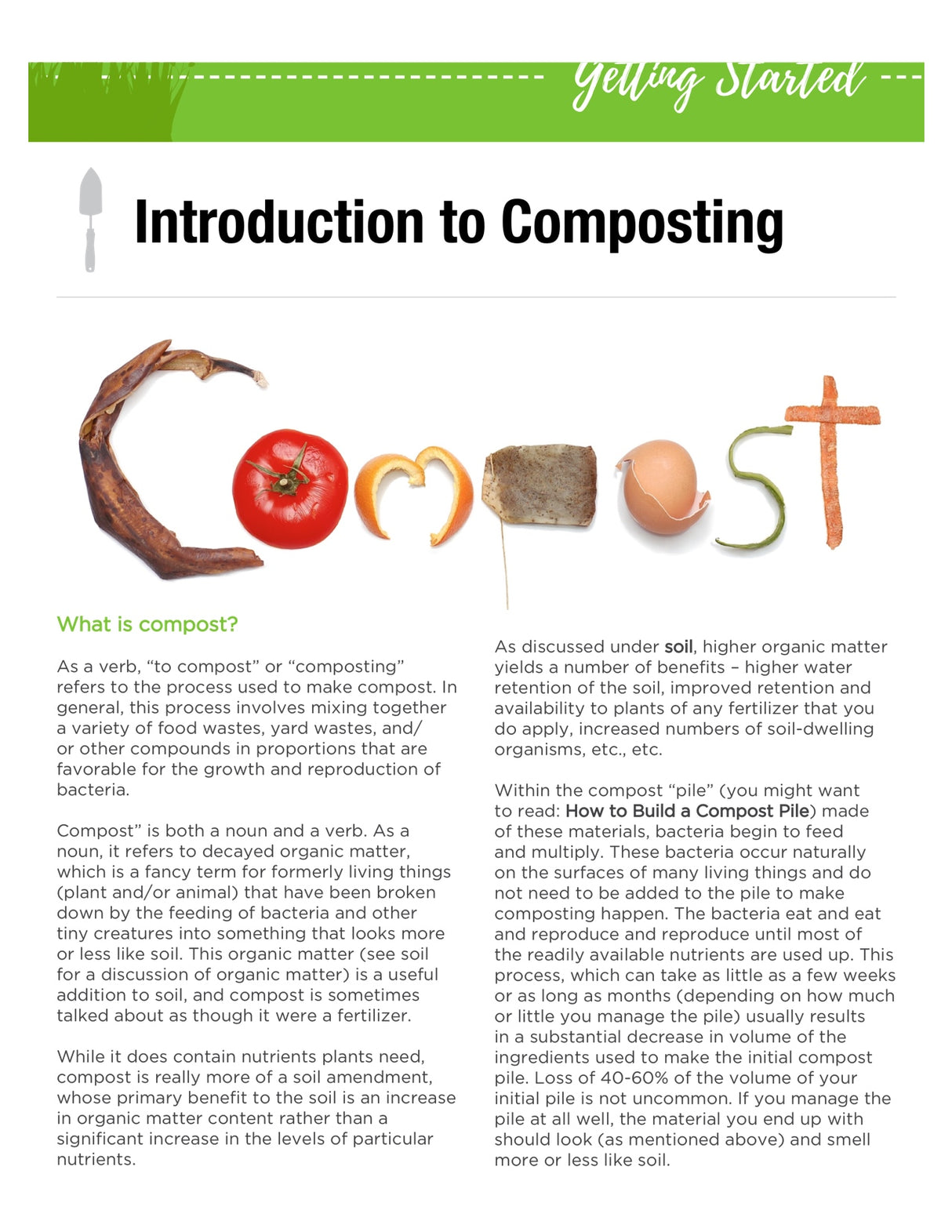

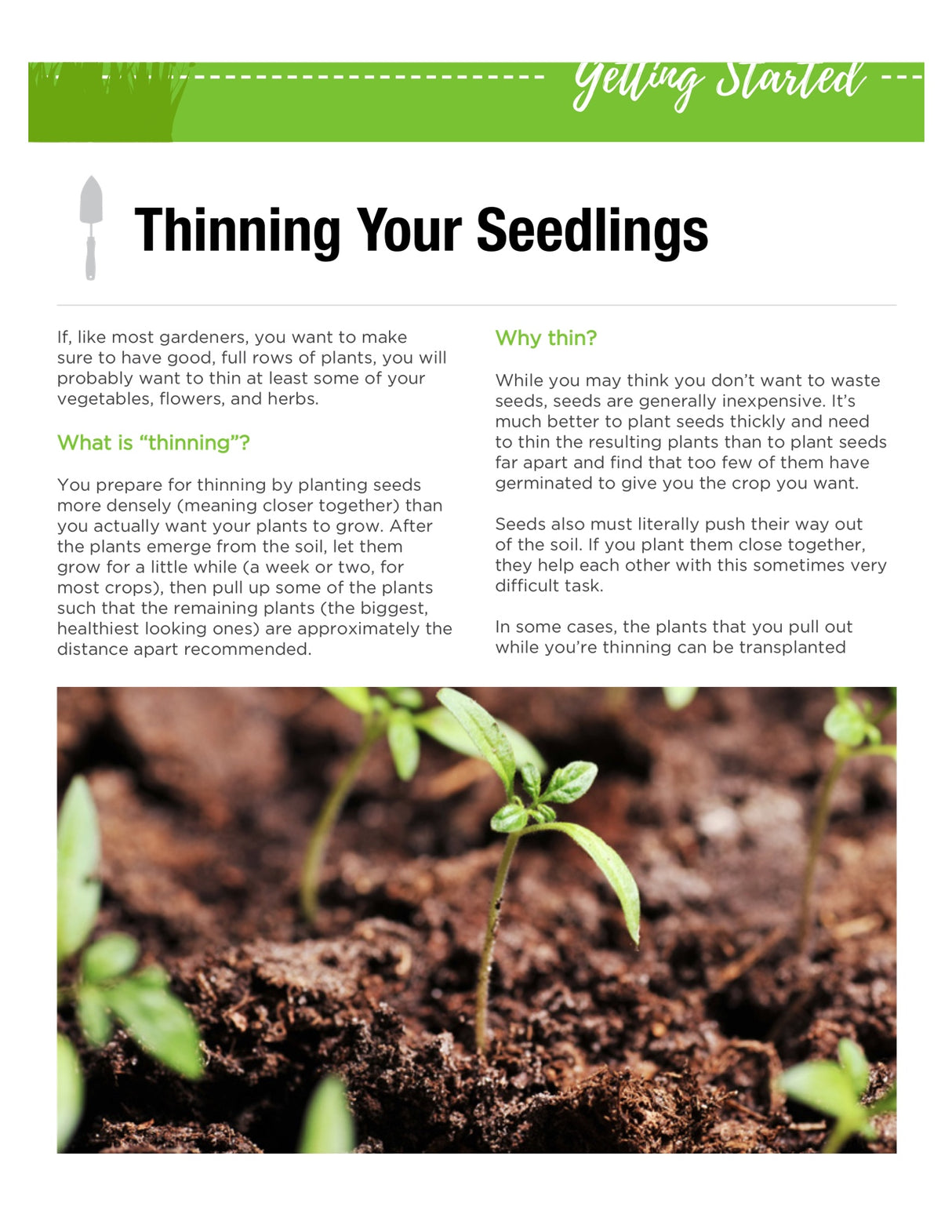


![Tomato - Homestead [DETERMINATE].](http://ezprepfoods.seedsnow.com/cdn/shop/products/Tomato_-_Homestead_seeds.jpg?v=1743499054&width=1214)












